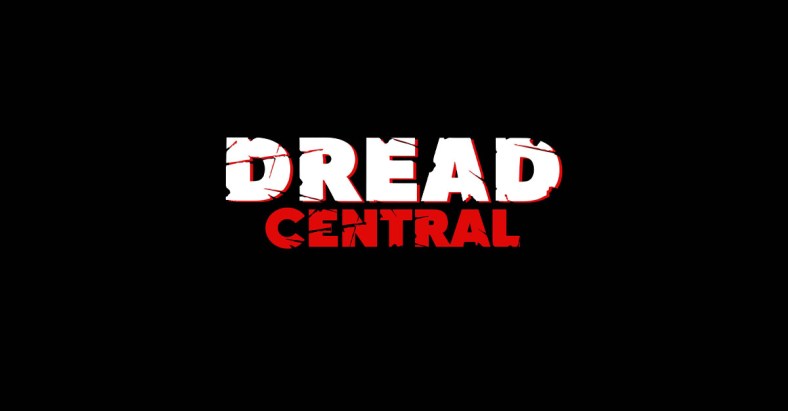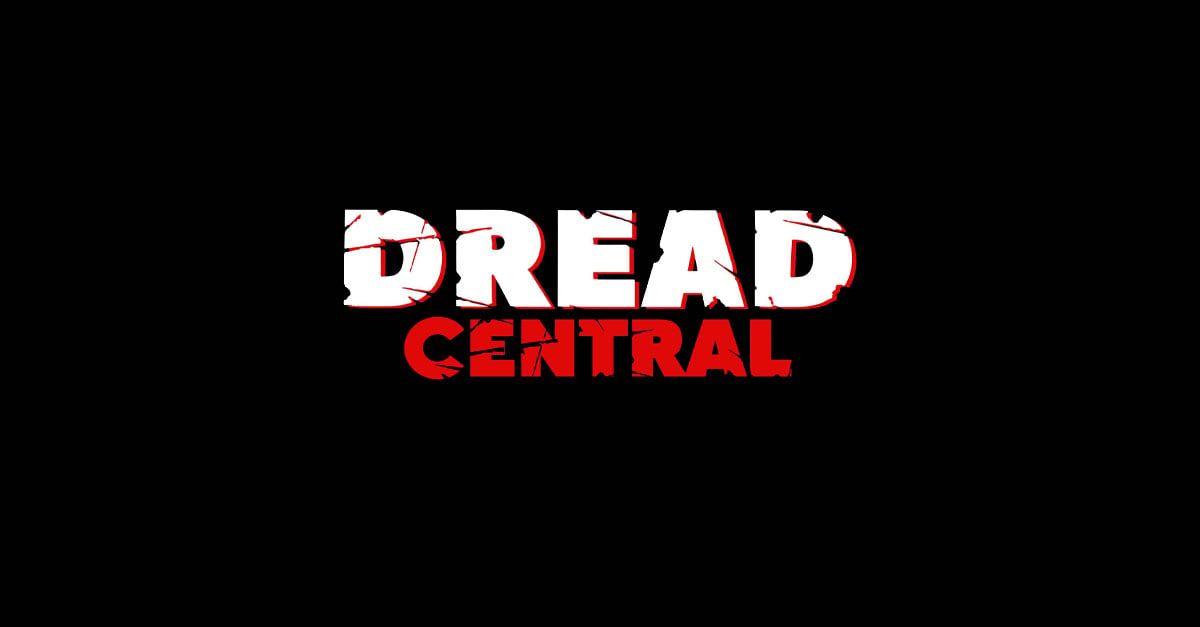Hitman: Season One (Video Game)

 Developed by IO Interactive
Developed by IO Interactive
Published by Square Enix
Available on PC, PS4, and Xbox One
Rated M for Mature
Ever since it was first revealed at E3 2015, the newest Hitman has been met with scepticism. Rather than the previous string of open-ended missions packed into a linear narrative, the game would now be released episodically, trickling out a new “episode” every month for the first “season.” Each episode would consist of a main mission and its various challenges, reinforced by additional “live” content in the form of timed elusive targets and user generated contracts. The season was originally announced as seven episodes, but has now been cut short to six with the seventh yet to be released as a “bonus mission.” How this fits into the story/financial model, I have no idea. It’s just another bizarre and unexplained piece of the still unfinished puzzle that is Hitman.
This is going to be a two parter, reviewing both Episode 6: “Hokkaido” and Hitman: Season One as a whole, so I want to keep each part as clean as possible. I have been somewhere between decently pleased to impressed with Hitman so far. There are a ton of kill options, multiple targets, and a plethora of creative context sensitive actions that only serve to make each level more fun to explore. I’ve generally felt that the missions have gotten better over time, and “Hokkaido” follows in these footsteps. Taking place in an elite Japanese extralegal health resort, you’re tasked with taking out two heavily guarded targets. You go in incognito this time, with no gear to complete these nefarious deeds. You’ll need to find everything on site. The crowded halls and scarce resources demand creativity, so don’t expect to be able to headshot some dude when they round a convenient corner.

I’m not sure how this fits into killing people yet, but I know that I can tamper with it and that it makes this guy super sweaty.
When compared to the bigger previous maps like “Colorado” or “Marrakesh,” “Hokkaido” requires a greater degree of planning and restraint. Despite Hitman’s focus on stealth over action, most previous missions could still be completed (at least in part) with a guns blazing approach. Just finding a gun in “Hokkaido” is a challenge. As a result, the kills in this episode are some of the most creative and challenging of the season. Don’t expect a single disguise to get you through to the end. I had to change costumes about a dozen times to perform even the easiest kills. Getting the next guard uniform/yoga instructor outfit only opens a few more rooms, but a whole new realm of possibilities. For once, I didn’t feel like there was a clear easy option.
What’s more, the target actually matters to the story. In “Colorado” the main target was the “shadow agent,” and the rest of the marks were to justify you being there. With “Hokkaido,” you’re taking out direct enemies of the ICA. This is payback. With a story so far that has been more questions than answers, it feels good to directly engage it. The conclusion of the season only raises more questions, but at least I got to crush the heart of a dude that betrayed me.

Bald man pose like crane;
Makes Command, Warrior two;
Blonde lady, go splat.
As it stands, “Colorado” and “Hokkaido” are my favorite episodes of this season. It’s strange to be judging single levels of a game in review, but that’s the position I’m put in given the episodic format. Reviewing just levels of a game is pointless. Some are obviously going to be better than others. Early levels should be simpler, and later ones more challenging and complex. But when you charge $10 for each, there’s no choice but comparing. It’s just a bad format for a game that should have some kind of difficulty curve and progressive ramp of creativity.
This marks the start of the second part of my review: Hitman as a package. Before I get too critical, I get why they went with the episodic format. In a world run by metrics, sales figures and consistent player base is key. Despite how good it looks on your quarterly earnings, can’t think of a single gamer that really prefers episodic games. There are some indie companies that do it out of necessity, delivering bite sized chunks at reasonable prices to keep the flow of capital consistent. This allows smaller teams to deliver much bigger packages than they otherwise might be able to. Other companies like Telltale Games have always done things this way, initially for the purpose of selling small pieces to a predominantly mobile market. But this is IO Interactive and Square Enix. Other than just for the sake of trying new things, I can’t figure out why a multi-million dollar company decided to conduct themselves like a band of indie devs. Disregarding the actual quality of how it turned out, I don’t know a single person that wasn’t puzzled by this new direction.
There’s a lot of interstitial content between the main missions, but it’s inconsistent. Challenges are the most readily available extra objectives, asking you to complete the campaign missions with special conditions. Wanna kill the target with a katana while wearing a magician’s outfit? How about something more classic, like only using your fiber wire and never changing outfits? Well, you’ll be rewarded with new gear, outfits, and starting locations. The mileage you’ll get out of this depends on a mixture of completionist compulsion and desire to explore.
Beyond that are the “Escalations,” “Elusive Targets,” and player created contracts. The player created contracts and Escalations are a toss up for most forgettable, as they both just have you assassinating weird targets with awkward weapons and costumes. It’s a decent novelty, but I can’t see anyone genuinely spending hours killing random blokes with hedge clippers just because someone on the internet told them to.

If I’m going to put on a Kill Bill motorcycle outfit and murder people, it’s going to be because I want to.
The Elusive Target system is by far the boldest and most interesting. At certain set times, targets will open up for a single opportunity window. Fail the assassination, and you will be blocked from trying again. Miss the set time, and the target will slip by forever. These targets are genuinely worth pursuing, focusing on new areas of the map with their own routines, guards, and special kills. They’re almost as good as the main missions, and breathe much needed life into the sprawling and diverse maps. I have no idea why these are timed. I get timed events as a novelty, but deleting the mission after the timer is up removes a huge asset. For a game already so anemic on compelling content, this is killer.
My rub with Hitman is that it’s a game with conflicting identities. On the one hand, it wants to be the next great AAA Hitman game, worthy of your $50 purchase. On the other hand, it feels like it almost wants to be an MMO. I don’t know if there’s a term coined yet for games that feel like multiplayer without actually having any multiplayer, but Hitman would fit that description. It has leaderboards, timed content, user generated challenges, an always online system, and even a $10 monthly fee. If you bought Hitman when it came out and stuck with it through all of the Elusive Targets, challenges, leaderboards, etc., then there’s no doubt you got your money’s worth. At this point though, that’s not what you’re buying. You’re buying the finished package. The Elusive Targets you missed are gone, no one is fighting over the leaderboards, and all of the best user created targets have already been done. What you’re left with is future Elusive Targets, and the missions and challenges that were already there in the first place. It defeats the purpose of the episodic structure. And at just six missions, it’s just not enough. Structurally, this is probably the best Hitman game to date. But the release structure killed it as $50 package.
-
Episode
-
Season
Categorized:Horror Gaming Reviews

